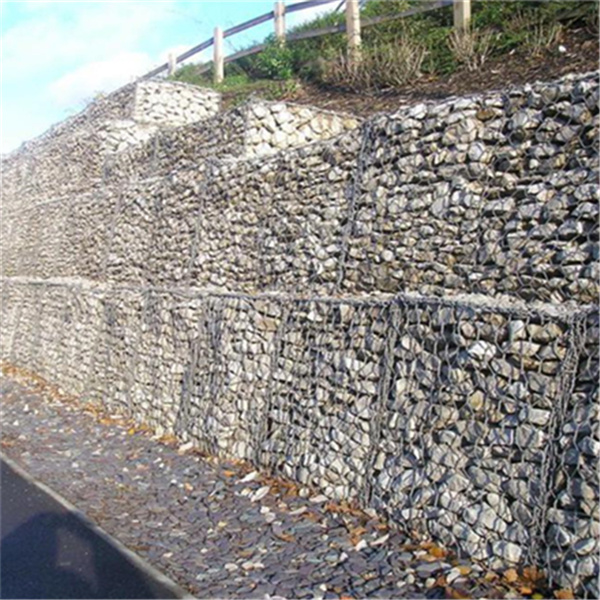Oct . 31, 2024 11:49 Back to list
Creative DIY Gabion Planter Ideas for Your Garden Transformation
The Best DIY Gabion Planter A Creative and Sustainable Gardening Solution
Gardening enthusiasts are constantly on the lookout for innovative ways to enhance their outdoor spaces. One such trend that has gained immense popularity is the use of gabion planters. These versatile structures not only add aesthetic appeal to gardens but also offer numerous practical benefits. In this article, we’ll explore the best DIY gabion planter ideas that can elevate your gardening game while being environmentally friendly.
What is a Gabion Planter?
A gabion planter is a decorative container made from cages filled with stones, rocks, or other natural materials. Traditionally used for erosion control and landscaping, gabions have found a new purpose in the world of gardening. Their sturdy design allows for a variety of plants, making them a perfect addition to any garden setting.
Materials Needed
Creating your own gabion planter is a straightforward process that can be done with a few materials
1. Gabion Cages These can be purchased or made from wire mesh or galvanized steel. 2. Fill Material Use materials that complement your garden aesthetic, such as river stones, pebbles, or even recycled glass. 3. Landscape Fabric This will help retain soil while allowing water drainage. 4. Potting Soil A high-quality mix will ensure your plants thrive. 5. Plants Choose a variety of plants that suit your climate and garden design.
Step-by-Step Guide
1. Design Your Planter Determine the size and shape of your gabion planter. Consider how many plants you want to include and the overall look you wish to achieve.
best diy gabion planter

2. Assemble the Cages Construct your gabion cages by connecting the wire mesh or steel frames. Secure the cages to prevent them from collapsing.
3. Add Filling Fill the cages with your chosen material, layering stones and ensuring they are evenly distributed.
4. Line with Landscape Fabric To keep the soil from falling through, line the interior of the cages with landscape fabric.
5. Fill with Soil Add potting soil until it reaches the desired level, leaving space for the plants.
6. Planting Finally, plant your chosen greenery or flowers, ensuring they are spaced appropriately for growth.
Benefits of Gabion Planters
Gabion planters are not only visually striking but also practical. They provide excellent drainage, preventing water from pooling around the plant roots, which promotes better growth. Furthermore, they are incredibly durable and can withstand various weather conditions, making them a cost-effective solution for any gardener.
In conclusion, building a DIY gabion planter is a rewarding project that allows you to combine creativity with functionality. By incorporating these structures into your garden, you’ll cultivate a unique space that reflects your personal style while promoting a sustainable gardening practice. So grab your materials and get started on your one-of-a-kind gabion planter today!
-
Why PVC Coated Gabion Mattress Is the Best Solution for Long-Term Erosion Control
NewsMay.23,2025
-
Gabion Wire Mesh: The Reinforced Solution for Modern Construction and Landscape Design
NewsMay.23,2025
-
Gabion Wall: The Flexible, Seismic-Resistant Solution for Modern Landscaping and Construction
NewsMay.23,2025
-
Gabion Wall Solutions: The Durable, Decorative, and Affordable Choice for Every Landscape
NewsMay.23,2025
-
Gabion Basket: The Durable and Flexible Alternative to Traditional Retaining Walls
NewsMay.23,2025
-
Gabion Basket: The Proven Solution for Slope Stability and Flood Control
NewsMay.23,2025
-
Versatility of Chain Link Fence Gabion
NewsMay.13,2025






